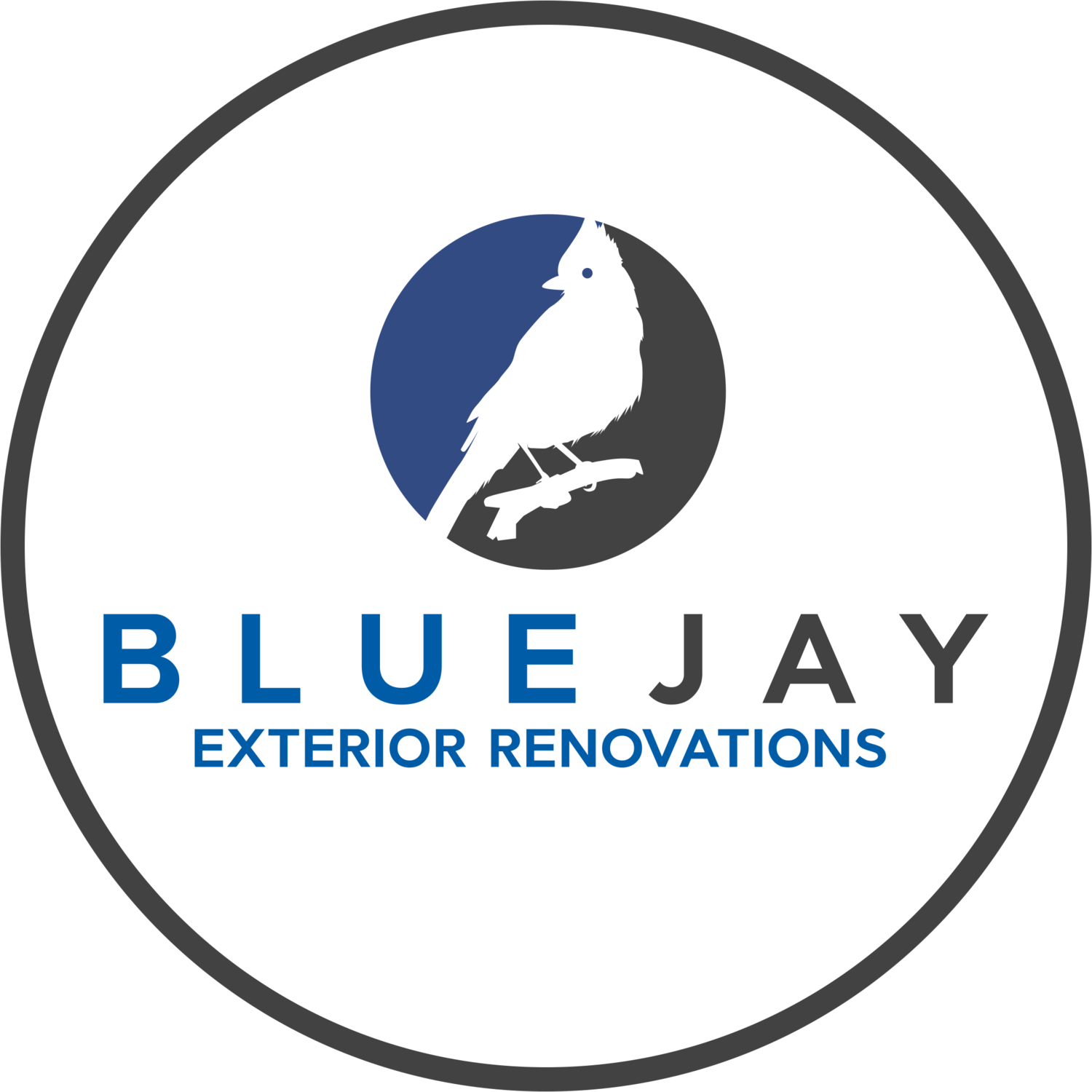Vinyl siding is the most commonly used siding product in the Edmonton area today, and it has been since the late 1980s. Because of its omnipresence in the market, it gets a bit of a bad rap. But is it deserving?
To answer that question, let’s consider the common complaints we hear about vinyl siding:
Looks cheap - When you drive through an early 2000s neighborhood done exclusively in vinyl siding, you’ll get no argument from us. The older vinyl siding, with a narrow range of colour selections ranging from white, off white, beige, light yellow, and light blue don’t exactly create a lot of excitement visually.
And if every home on your street is worth North of $1,000,000, it might not look up to par for the neighborhood locally. But if you factor in what is available to us today as options for vinyl siding, both in terms of profile and orientation as well as colour, the comment misses the mark.
Whether pairing it with trim products that didn’t exist back in the 80s and 90s for a craftsman feature, playing with different profiles (such as mixing in a bevel/traditional in place of dutchlap), or choosing from the widest selection of colours available to us as a standard across all of our product lines, there’s a lot you can do with vinyl siding today.
Don’t believe us? Check out our project page. Vinyl siding still might not be your favourite option aesthetically, but there’s a broad amount of design and colour options available that look nothing like an early 90s vinyl home.
And regardless of product, you’ll always want to consider your neighborhood when selecting a siding product - the same way you would with the flooring you choose, or the counter top you pick for your kitchen.
There are neighborhoods where doing vinyl siding is going to look like the “cheap” selection relative to what is standard in the area, the same way some houses are over-done relative to the lot value. You’re ultimately making these decisions for yourself and your situation, but that would be the case regardless of product.
Susceptible to fire - Vinyl siding is combustible. There’s an obvious advantage to using a non-combustible siding product, and it shouldn’t be dismissed. Should it be dictated by local building codes or enabled by price advantages from our local governments we would have safer homes and communities.
Because it isn’t, the reality of it is that many people simply don’t have the budget (or don’t want to invest that much into their particular home due to a number of other factors) to go with a non-combustible siding product. If you are going to go with a combustible siding product, you may as well go with the one that costs the least and has a good history in our climate.Susceptible to hail - Vinyl siding is not hail resistant, and does has a history of being damaged by hail in the province. Should you have new vinyl siding installed, insurance will cover the hail damage (same as fire).
Dealing with insurance is not anyone’s idea of a good time, but it is important to note that you will be covered financially for its replacement should a significant hail storm occur.
Next let’s look at what people don’t know or don’t consider when they dismiss vinyl siding as an option for their home:
Moisture Management - We’ve removed siding and had the opportunity to look at the condition of the walls on houses built in the early 1900s through to the early 2000s. The style of home and the details of the install always has a big impact on how the house is looking, but one thing that is consistent for us is the reliability of vinyl siding protecting the home from moisture.
Poorly installed early iterations of vinyl siding paired with an improperly done weather barrier? The house is generally still in great shape.
The design of the product is such that it allows moisture in, and it allows it back out. That’s not to say we haven’t encountered a vinyl siding home with some rot damage before, but never as a result of the product itself - and often in a situation where it would have been much worse had that same detail been done with wood, stucco, etc.
Another great thing about vinyl - even as it ages, gets more brittle, etc. the product helps keep water out of the house every bit as well as it did on day 1. It may look a little worse over time, but it still performs.
Competition - Vinyl siding isn’t the only siding product to come in to the Edmonton area since the 80s. In fact, there are a lot of manufacturers that have tried to make a product capable of working in our climate.
If you look at the siding market in Edmonton today you would see both vinyl siding and Hardie board being used commonly and performing well, with other options like stucco and Canexel on their share of homes as well.
Did you know another fiber cement product came in to Alberta in the 2010s, failed quickly, and just finished paying out a class action lawsuit in the province? Or that several companies have tried to create a composite product that would be less expensive than Hardie but nicer than vinyl, only to have it fail to perform, go bankrupt, or both?
Northern Alberta is a brutally harsh climate for exterior products, and only the best can last here. There is a lot of safety in knowing that the siding product you’re selecting for your renovation has been around and tested in this province.
Is vinyl siding a perfect product? No, and it might not be your first choice for siding options on your home. But if you’ve got a siding product that is tested in this climate, manages moisture well, and will last 30 plus years on your wall, it isn’t cheap.

